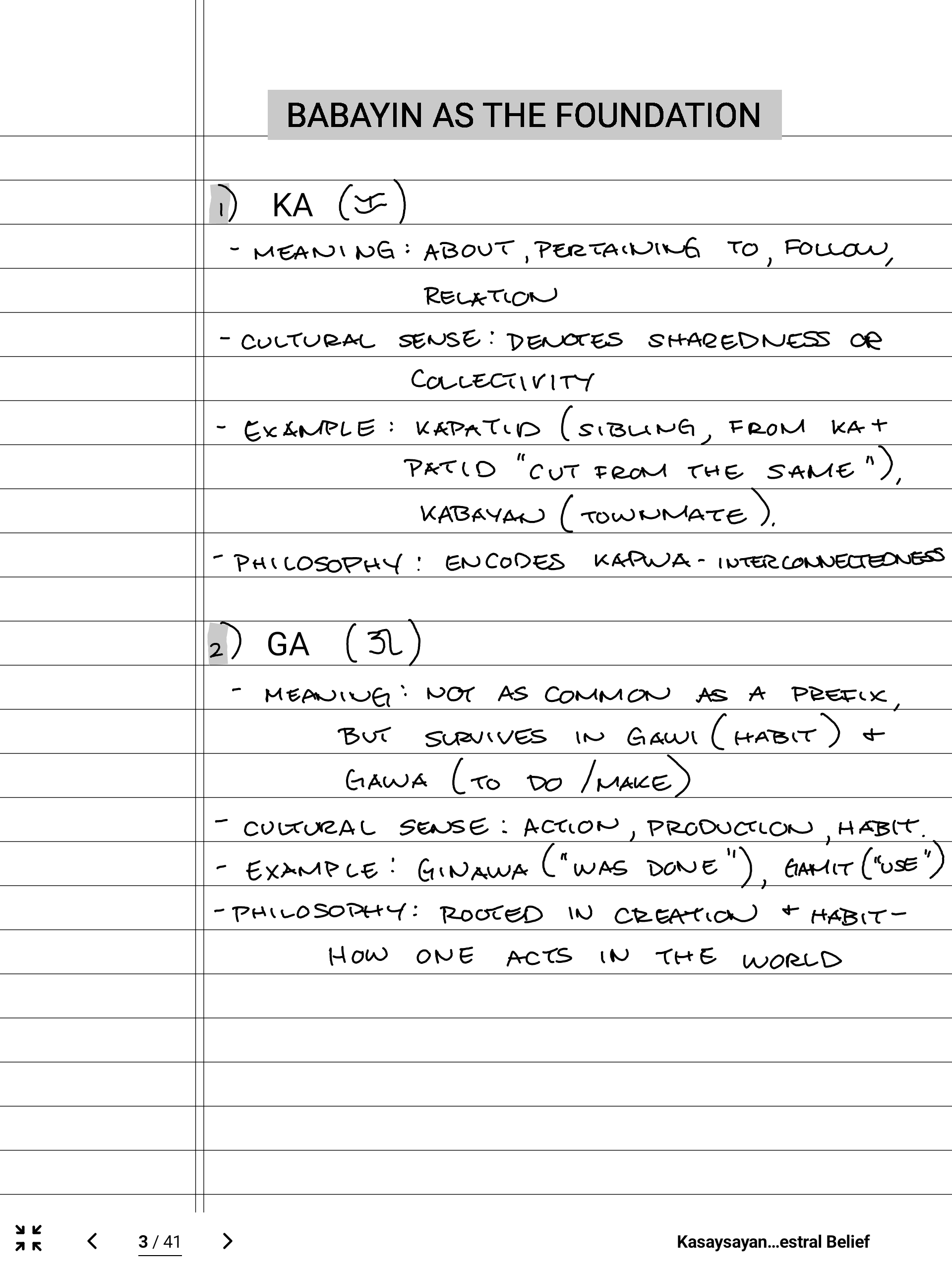Synthesis Mode: Turning Fragments into Meaning
Once I’ve filled Digest with quotes, clippings, and references in Research Mode, I move into Synthesis Mode. This is where the raw archive stops being just fragments and begins to take shape. It’s the stage where I look at what I’ve gathered and ask, What does this mean to me? How do these pieces connect?
The Role of Synthesis
If Research Mode is about capturing, then Synthesis Mode is about connecting.
I don’t copy Digest entries into notebooks. Instead, I leave Digest as my archive and use my notebooks as a canvas for reflection. Here’s how I work in this stage:
Query Digest: I search for entries on a theme or keyword, pulling up everything I’ve captured on that subject.
Reflect in Notebooks: I write about why a passage matters, what it makes me think of, or how it relates to other ideas.
Spot Patterns: I look for echoes across sources — recurring themes, contradictions, or links between different fields.
Synthesis Mode is when dots turn into lines. Fragments stop floating on their own and begin forming threads of meaning.
Why Synthesis Mode Matters in the Cycle
Synthesis is the bridge between raw input and creative output.
Research Mode gives me fragments in Digest.
Synthesis Mode transforms those fragments into meaning through reflection.
Writing Mode will later turn those reflections into a narrative.
Exporting Mode will prepare the writing for sharing.
Archiving Mode will preserve the finished piece.
Without Synthesis Mode, my writing would just be a pile of quotes. This step ensures that I’m not just collecting — I’m learning, interpreting, and growing with the material.
My Best Practices in Synthesis Mode
Over time, I’ve found a few practices that make this step powerful:
Don’t rewrite sources – Keep Digest as the raw archive. Notebooks are for my thoughts, not copied text.
Write freely – Even if reflections feel messy, they capture how I’m processing ideas in the moment.
Look for patterns, not perfection – Themes emerge gradually. I don’t force them; I let them reveal themselves.
Use synthesis as preparation – My reflections often become the outline or backbone of Writing Mode.
Closing Reflection
Synthesis Mode is where my second brain begins to think with me. It’s not about gathering more, but about sitting with what I already have and drawing out meaning.
This stage is why my writing feels grounded. When I move into Writing Mode, I’m not starting from scratch — I already have insights and connections waiting.
Research Mode gives me fragments.
Synthesis Mode turns them into patterns.
And those patterns are what guide me when I begin to write.
Next Up-> Part 3 Writing Mode
